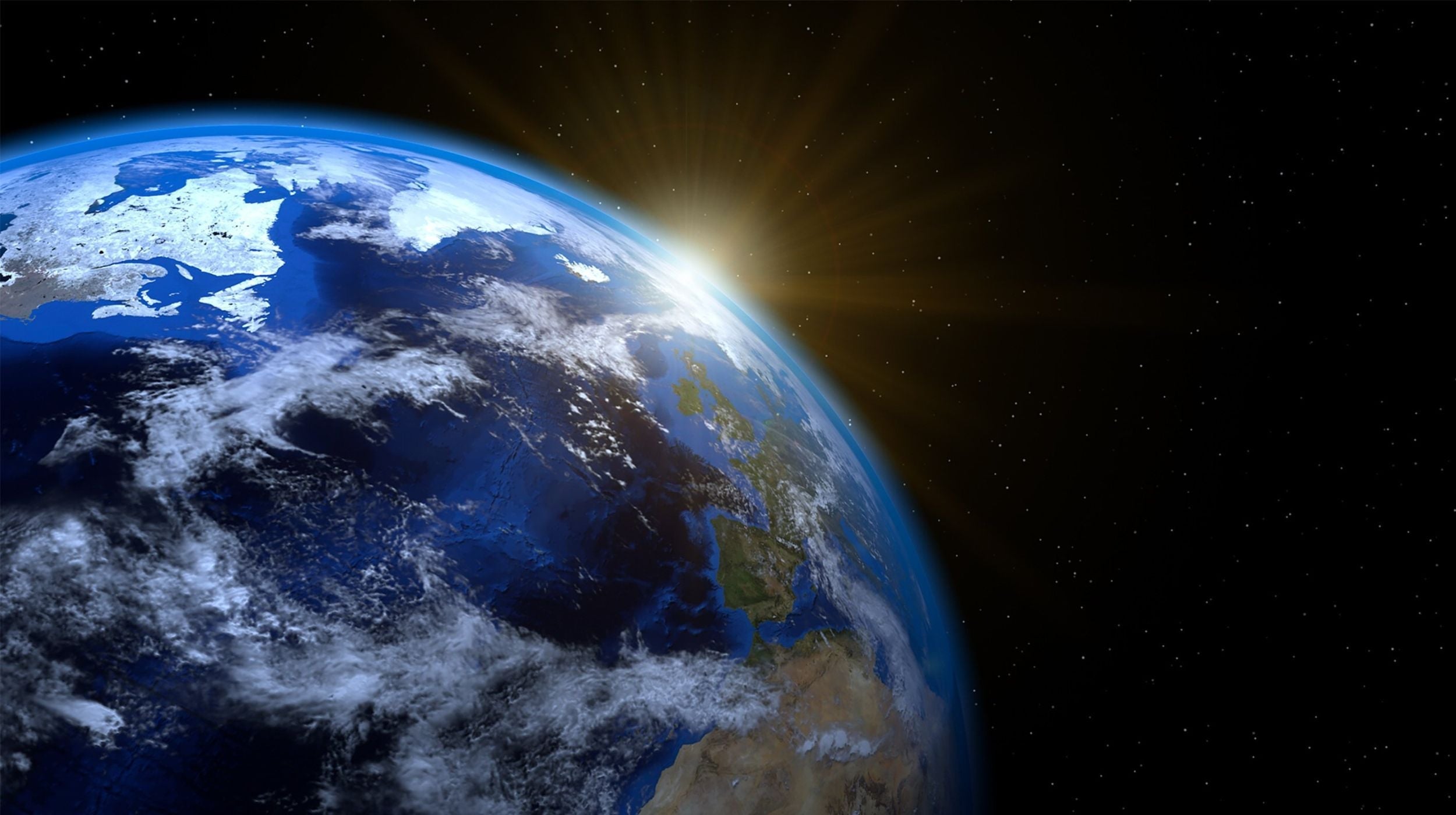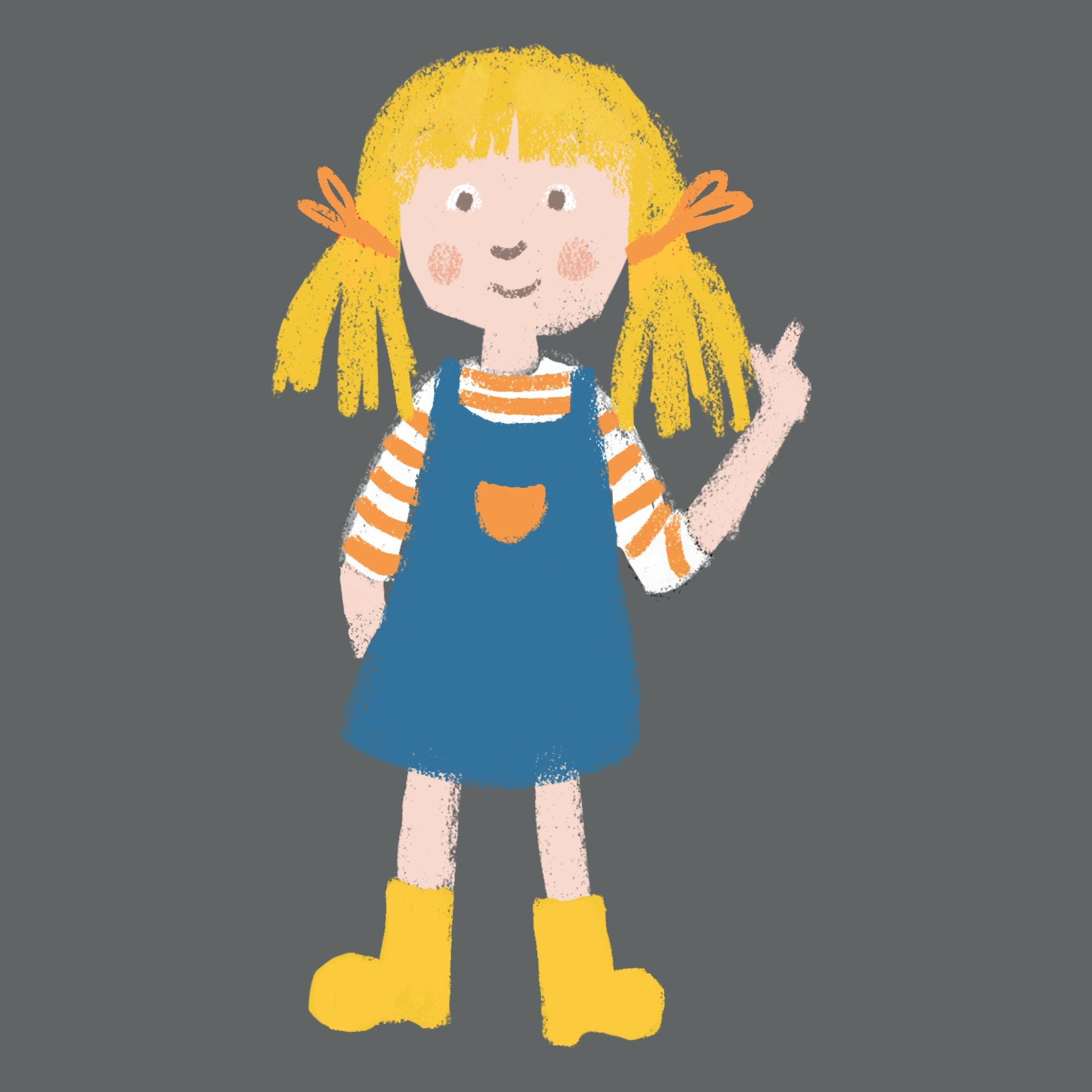
Our planet
Do you know how old Earth is? Or how far away we are from the Sun? Or what gravity is? Find out more about our amazing planet.
Planet Earth is a pretty awesome place, check out these amazing facts about the place that we all call home…
Wow, that’s old!
Scientists have calculated the Earth to be around 4.5 billion years old!
Our solar system
The Earth is one of 8 main planets that travel around the Sun. The planets are called Mercury, Venus, Earth, Mars, Jupiter, Saturn, Uranus and Neptune. The Sun, these planets, and a number of smaller planets make up our solar system*.
 Our Earth
Our Earth
The Earth is the third planet from the sun and also fifth largest. Its diameter* measures nearly 8,000 miles and its circumference*, the distance around the equator, is 24,901 miles.
The Sun
The Sun is a star - a massive ball of incredibly hot gases which shoot light and heat in all directions. The heat and light from the Sun makes life on Earth possible.
The Sun is roughly spherical in shape and is huge! Around 1,300,000 times bigger than Earth!
Circling the Sun
The Earth moves at 67,000 miles per hour as it circles the Sun*. Each year it travels over 580 million miles to complete a full circle or ‘orbit’*.
 Light speed
Light speed
The Sun is over 90 million miles from the Earth but it takes just 8 minutes for sunlight to reach us. Light travels at an incredible 186,000 miles per second.
Rotating Earth
The Earth leans over or is ‘tilted’ on its axis* as it travels around or ‘orbits’ the Sun. This means that places on Earth are tilted towards the Sun at different times of the year. We call these changes the seasons. Earth spins at an incredible 1,000 miles per hour.
Night and day
It takes 24 hours for the Earth to complete one full spin or ‘rotation’ on its axis, we call this a day.
It's daytime on the side of the Earth that faces the Sun and night time on the side that faces away. So when it is night in the UK, it is morning in Australia!
The atmosphere
Around the Earth is a layer of gases called the atmosphere*, which stretches around 300 miles above the Earth’s surface.
The atmosphere is vital for life on Earth as it gives us air to breathe and traps the Sun’s heat so that we stay warm. It also keeps us safe from its harmful rays.
Gravity
Gravity* is an invisible force which attracts objects towards each other and is very important to our everyday lives. Without the Earth's gravity we would all fly away into space!
The Sun’s gravity is very strong and keeps the Earth in orbit.
The Moon
The Moon* is a rock that orbits or circles the Earth. It takes about twenty eight days to complete one orbit of the Earth. Planet Earth has one moon, which is held in orbit by gravity*.

Meteors
A meteor is what we see when a space rock falls to Earth. It is often known as a shooting star or falling star and can be a bright light in the night sky. The Earth’s atmosphere also protects us from meteors*.
Blue planet
The Earth looks blue from space because over 70% of its surface is seas, rivers, lakes and oceans.
Tides
Tides are the regular rise and fall of the sea levels. There are two low tides and two high tides each day. The size of the tides change over the month. The gravity of the moon and the Sun affects our oceans and causes tides*.
“It seems to me that the natural world is the greatest source of excitement; the greatest source of visual beauty; the greatest source of intellectual interest. It is the greatest source of so much in life that makes life worth living.”
- Sir David Attenborough -


